Ridley Scott’s original Blade Runner was revolutionary in it’s take on not only the future, creating a cyber-punk aesthetic, but also for being a new take on the film noir genre. The very loose adaptation of Philip K. Dick’s novel, Do Androids Dream of Electric Sheep?, Blade Runner holds a place in pop culture unchallenged by any other science fiction films.
When a sequel was announced, fans were split on either side of the aisle as to where they stood about there even being a sequel, let alone how they thought it would be. As the film drew closer to release, more and more buzz grew as expectations for the film were raised continuously. With Denis Villeneuve attached, mostly known for 2016’s Arrival and 2015’s Sicaro, there was no doubt that 2049 was going to be anything less than gorgeous. As trailers were released, anticipation for the film continued to climb, showing stark, beautiful images that brilliant used colors, shadows and blocking.
Unfortunately, with all of the anticipation and hype, 2049 is mediocre at best.
The best way to describe 2049 is a student assigned to write about a book of movie they haven’t actually read or seen, and scrolling through the Wikipedia page at the last minute. The film is remarkably out of touch with its predecessor. The original Blade Runner worked so well because it stuck to the tropes of the film noir movement, while still allowing itself enough space to move freely into a gritty, dystopian cyberpunk setting.
The Los Angeles in the original movie has a sense of vibrancy to it and the underbelly that Deckard maneuvers through is hauntingly detached and dirty. The future is ugly, and we are the reason why. The rest of the entire film stays with this idea that the future is dark and unchanging, constantly raining and no matter where Deckard goes he’s surrounded by shadows.
2049 handles none of this with any semblance of grace. There is a constant back and forth between a static Los Angeles of awkwardly clashing grays and random neon, brilliantly lit colors outside of the city. Whereas Blade Runner was a slow build up as the characters and audience are questioned what it means to be a human, 2049 ignores the philosophy and focuses on pretty shots and a heavy handed plot.
Roger Deakins, cinematographer of 2049, and perhaps the most influential and successful cinematographer of our time, has created some of the most striking, beautiful shots in film history with films like Hail, Caesar!, Skyfall, True Grit, No Country for Old Men, Jarhead, O Brother Where Art Thou?, and Fargo, to name a few. However, director Villeneuve and Deakins focused too heavily on style over substance with 2049.
It is undeniable that there are stunning images in the film, but ultimately they make up a handful of throw away shots that don’t impact the film in any way. When Ridley Scott and Jordan Cronenweth teamed up on the first Blade Runner, they filmed it with purpose. A heavy study on eyes, cramped spaces, and heavy chiaroscuro (the use of strong contrasts between lights and shadows), the cinematography of the original Blade Runner worked as a conglomerate that formed a purpose. Villeneuve and Deakins in no way succeeded at recreating this, as the stark images of the film detract from the film itself.
Another notable problem with 2049 is it’s lack of understanding of what it’s trying to be. Blade Runner is, at it’s core, a hard boiled noir. 2049, on the other hand, is an awkward mixture of mystery, thriller, and science-fiction. A continual fluctuation of tone that distracts from the movies over all plot. The story itself isn’t bad, decent twists propel the film as Ryan Gosling’s “K” moves through the story. In fact, as a stand alone film, 2049 faces very few issues. With visually captivating scenes, a decent plot, and believable characters, 2049 could be a fine stand alone film. The issue is that it’s not a stand alone, and in terms of being a sequel it has completely left it’s roots.
Lacking in the symphonic tones of the original that were carefully crafted by Vangelis, Ridley Scott, and Jordan Cronenweth, 2049 is a disappointment. As a sci-fi mystery it works well, but if you’re looking for a proper sequel that recaptures the glory of the first film, you’ll have to keep waiting.
As a film that has marketed itself heavily as a visually stunning film, there are plenty of alternative options. If you’re looking for something pretty, look into cinematographers like Robert Yeoman (most notably his collaborations with Wes Anderson), Roger Deakins’ works with the Coen Brothers, Emmanuel Lubezki, Maryse Alberti, or Robert Elswit. While Blade Runner 2049 can be breath takingly gorgeous at times, it isn’t worth the two hour and forty four minute run time to see it.
⅗ sails
__
For more information or news tips, or if you see an error in this story or have any compliments or concerns, contact editor@unfspinnaker.com.





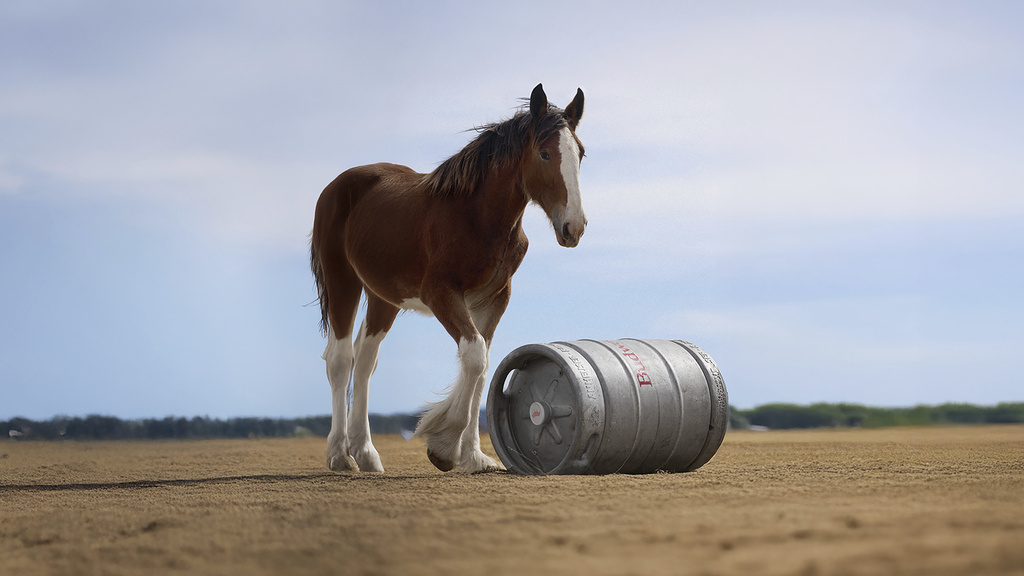

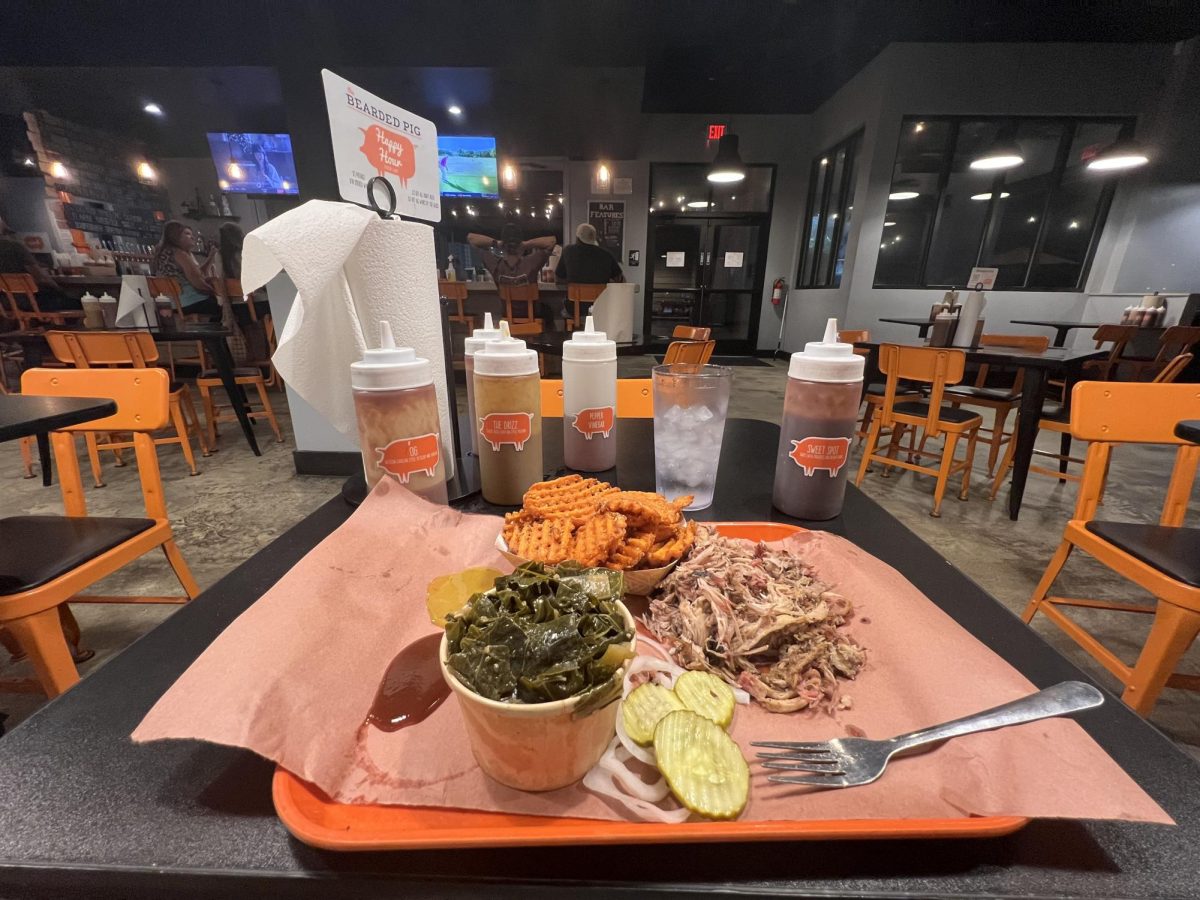

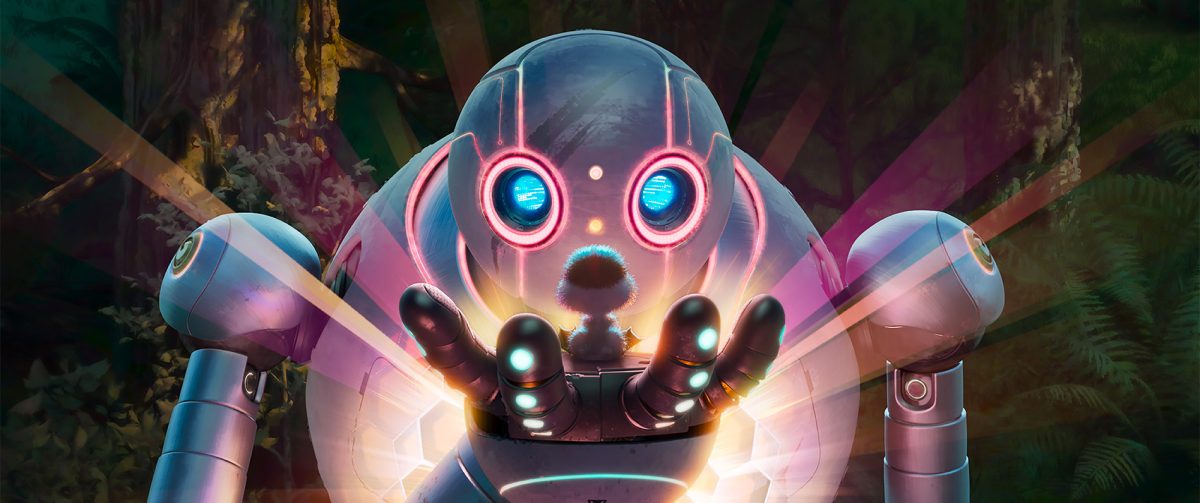
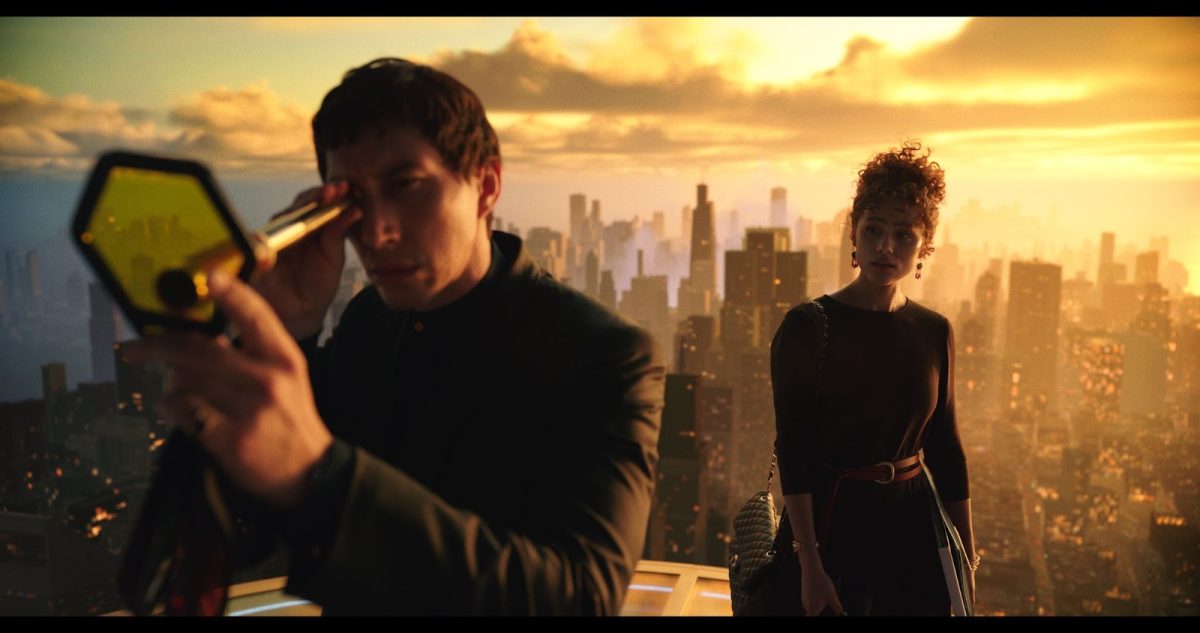
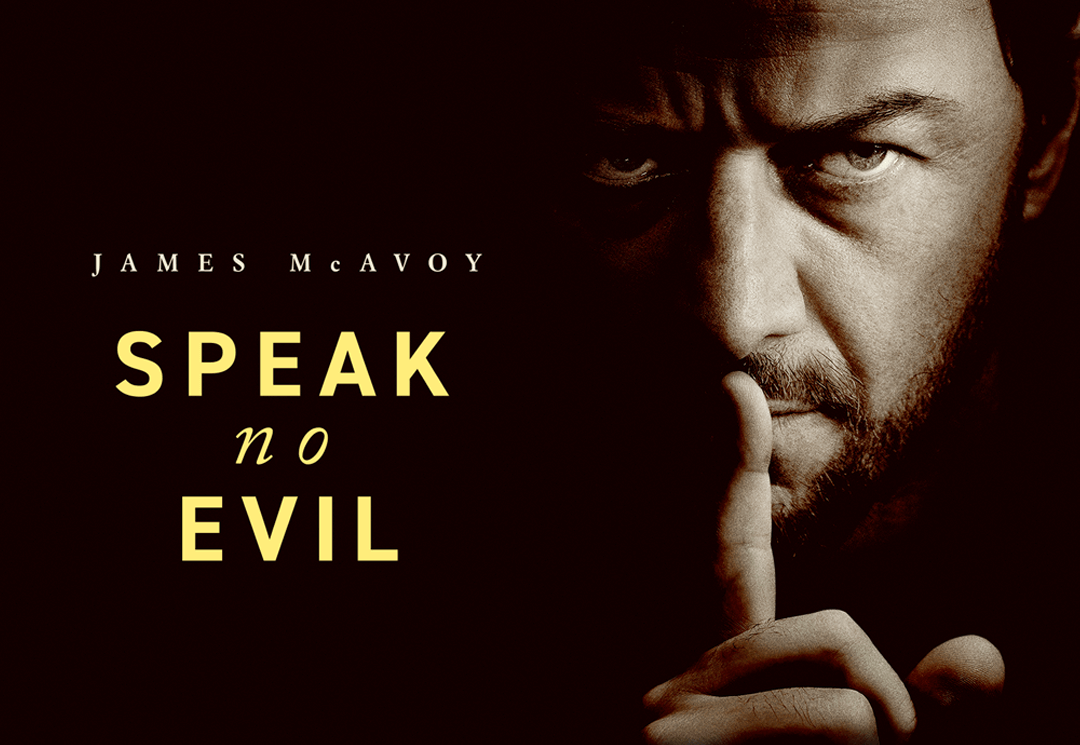
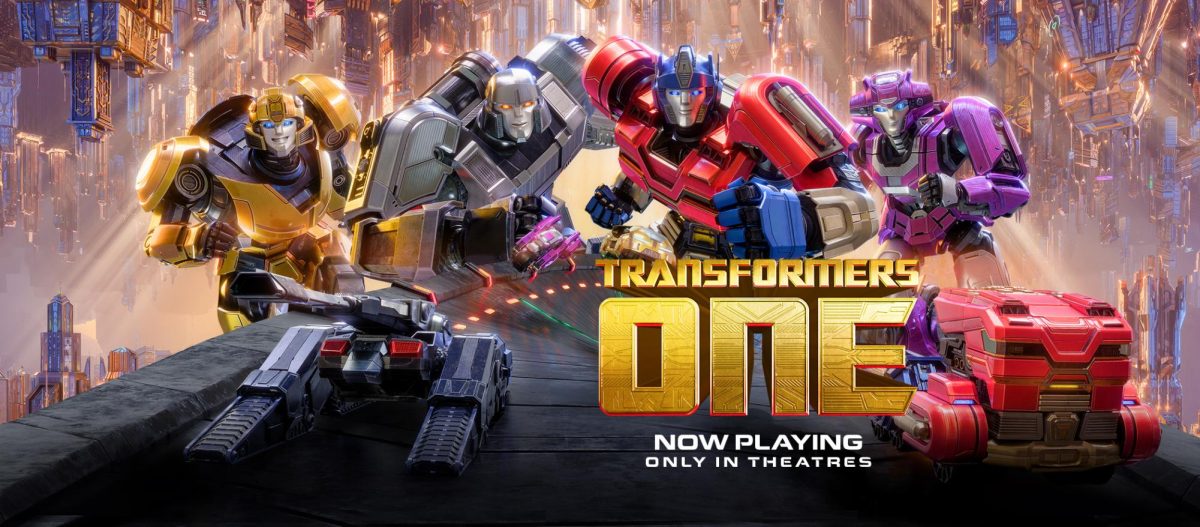
pablo | Oct 9, 2017 at 8:54 am
I agree, despite many great reviews 2049 falls quite short. Blade runner is such a masterpiece.